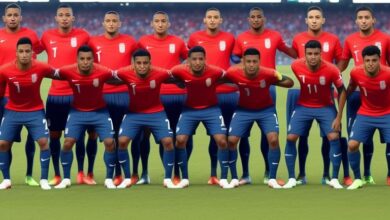Soccer Positions Explained: A Beginner’s Guide to Every Role on the Field
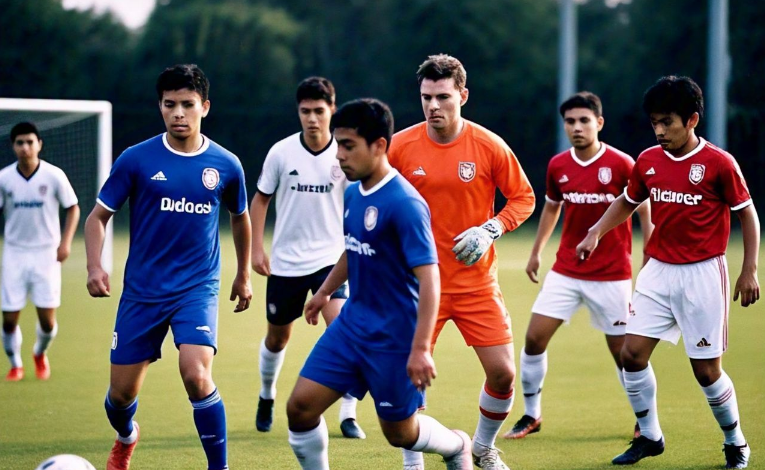
Soccer positions are the roles players take on the field to help their team score goals and defend against the opponents.Understanding soccer positions is the first step to enjoying the game even more!
In soccer, there are 11 players on each team, and they are split into four main groups: goalkeepers, defenders, midfielders, and forwards.Let’s dive into the basics of these positions and see why each one is so important in the beautiful game!
Table of Contents
What Are Soccer Positions and Why Do They Matter
Soccer positions are the roles players take on the field to make the team work smoothly.These positions are important because they allow teams to play in an organized way and win matches.
Each soccer position has its own set of responsibilities.Midfielders often control the game and connect the defense and attack. Defenders protect their goal, while forwards focus on scoring.
Understanding these positions helps you follow the game better.Knowing what each position does also helps young players choose where they might fit best on the field.
The Goalkeeper: The Team’s Last Line of Defense
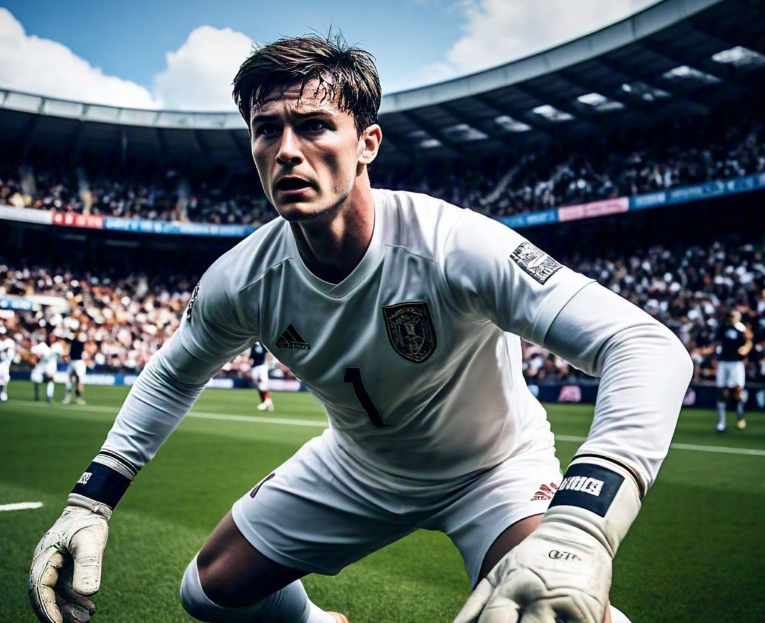
The goalkeeper is one of the most important soccer positions.Their main job is to stop the opposing team from scoring goals.
Goalkeepers need to be quick, strong, and good at making decisions.They also help organize the defense by shouting instructions to other players.
A good goalkeeper can make a huge difference in a match. They give their teammates confidence by making important saves. Many famous goalkeepers are remembered for their heroic efforts during games.
Defenders: Protecting the Goal and Building Play
Defenders are key players who stop the opposing team from getting close to the goal. There are different types of defenders, such as center-backs, full-backs, and wing-backs. Each one has a slightly different role.
Center-backs usually stay near the goal to block attacks and clear the ball.They defend against wingers but also help in attacks by passing the ball forward.
Defenders need to be strong and good at tackling. They also need to read the game well to anticipate the opponent’s moves. A strong defense is the foundation of any successful soccer team.
Midfielders: The Heart of the Team
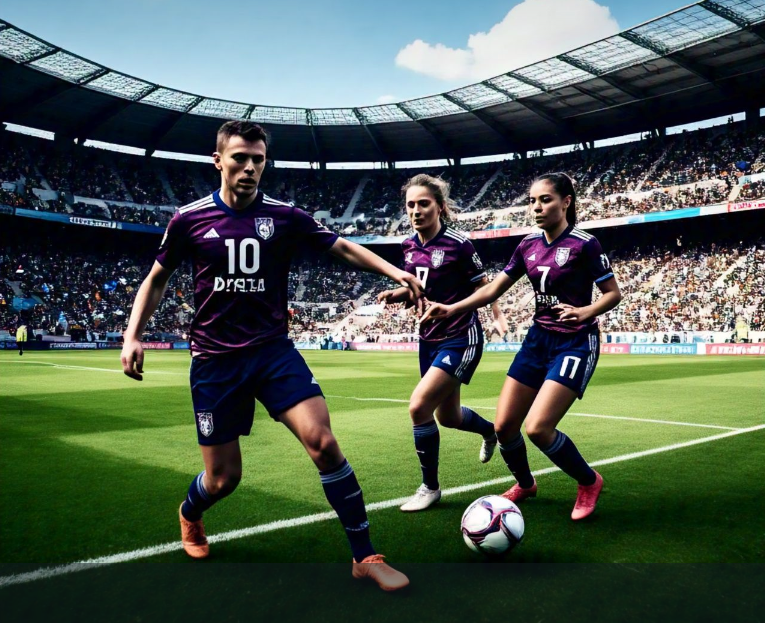
Midfielders are often called the engine of the team.They help the defense, set up attacks, and control the flow of the game.
There are different types of midfielders. Defensive midfielders focus on breaking up the opponent’s attacks.Box-to-box midfielders run up and down the field, helping both defense and attack.
Midfielders need to have good stamina and vision. They are always looking for the best pass to keep the game moving. Teams with strong midfielders often dominate matches because they control the ball more.
Forwards: The Goal Scorers and Playmakers
Forwards are the players who score most of the goals.There are different types of forwards, such as strikers, wingers, and false nines.
Strikers are usually the main goal scorers. Wingers play on the sides and use their speed to cross the ball into the box. A false nine is a forward who drops into midfield to confuse the defense.
Forwards need to be quick, skilled, and confident. They take risks to get past defenders and take shots. A good forward can win games with just one moment of brilliance.
How Soccer Positions Change with Formations
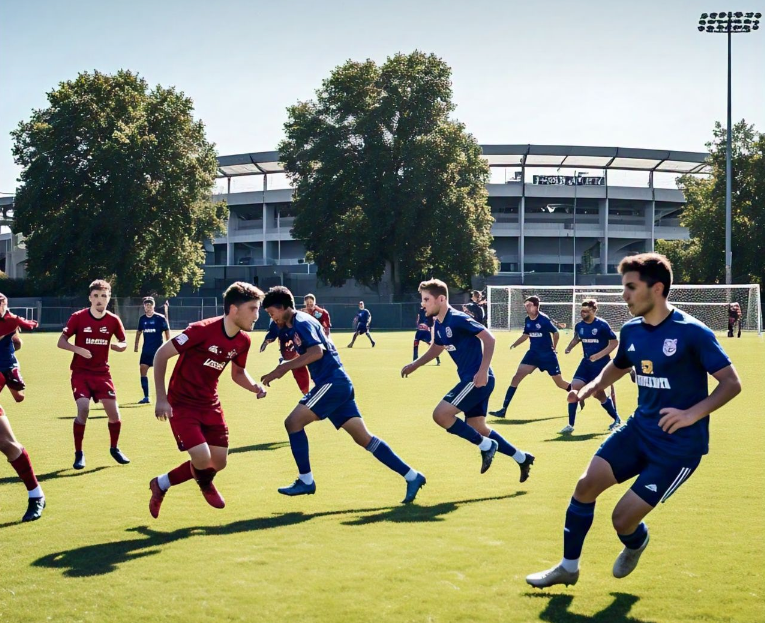
Soccer positions can change depending on the team’s formation. Formations are like plans that decide where players stand on the field. Common formations include 4-4-2, 4-3-3, and 3-5-2.
In a 4-4-2 formation, there are four defenders, four midfielders, and two forwards.Meanwhile, 3-5-2 uses three defenders and five midfielders for better control in the middle.
Formations allow teams to adapt to different opponents. Coaches choose formations based on their team’s strengths and weaknesses. Understanding formations helps you see how soccer positions work together during a game.
Subheading: Common Soccer Formations
4-4-2: Balanced for attack and defense.
4-3-3: Focused on attacking with three forwards.
3-5-2: Midfield-heavy for control of the game.
Tips for Choosing the Best Soccer Position for You
Choosing the right soccer position depends on your skills and interests.If you’re good at stopping others, try being a defender or goalkeeper.
Think about your physical abilities too. Fast players often do well as wingers. Tall and strong players are great for defense. If you have good vision and passing skills, midfield might be your best fit.
It’s also important to try different positions.Remember, the best position is the one where you feel happy and can help your team the most.
Subheading: What to Consider When Picking a Position
Your strengths and skills.
Your physical attributes.
How you can help the team best.
Conclusion
Understanding soccer positions is a big step toward enjoying and playing the game better.From goalkeepers to forwards, every player’s effort matters in winning matches and creating exciting moments.
Whether you are watching a match or playing on the field, knowing how soccer positions work will give you a deeper appreciation of the game. Try to learn about different roles and even play in them to find where you fit best. Soccer is all about teamwork and having fun, no matter your position.
FAQs
Q: What are the main soccer positions?
A: The main soccer positions are goalkeeper, defenders, midfielders, and forwards. Each has a special role on the field.
Q: Can a player change their soccer position during a game?
A: Yes, players can switch positions during a game if the coach decides it’s necessary for the team’s strategy.
Q: Which soccer position scores the most goals?
A: Forwards, especially strikers, usually score the most goals because their job is to attack and shoot.
Q: What soccer position is best for beginners?
A: Beginners often start as midfielders because they get to experience both attacking and defending.
Q: Do all formations use the same soccer positions?
A: No, formations can change how players are positioned and what their roles are on the field.


